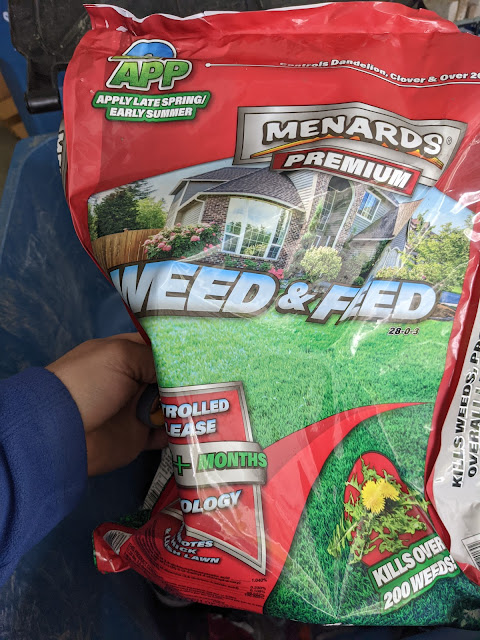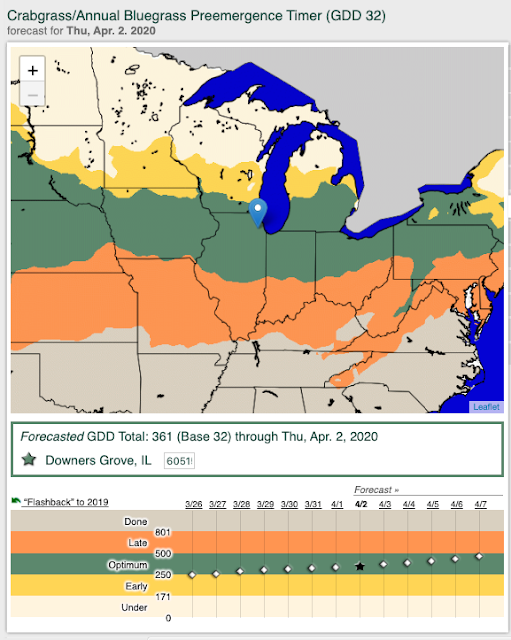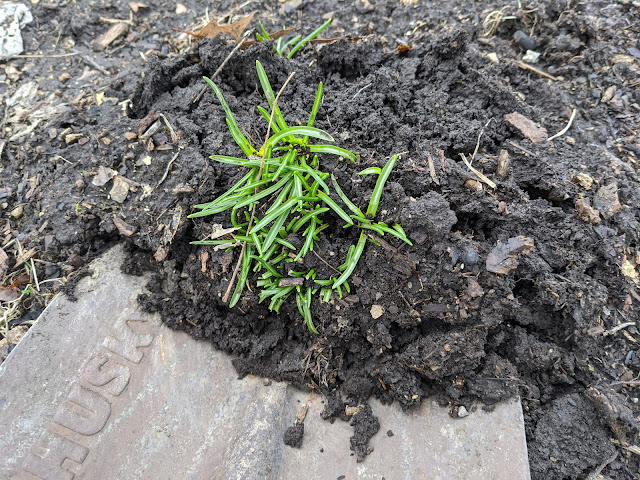Front Lawn Cut Length and Domination Line - August 2021

Putting a few things in the [ lawn diary ] in this post: cut length + domination line. First, the cut length. Back in June, I posted about how I was using Hydretain to try to reduce watering while bringing my front yard lawn down one notch on my mower - to 4 out of 6. The past few Summers, I cut the lawn at 6/6 and while it was dark green and lush, it started to fall over a bit and was probably *too long*. I mean...the lawn looked great ( 2019 early August when it should be failing ), but I wanted to push things a bit this year and see if I could handle the shorter cut. I posted this image in 2019 showing how when my mower was set to 6/6, I was getting between 3.5" and 4" of grass length . Knocking two spots off the mower height setting, I'm now seeing between 2" and 2.5" of height right now. See below for the current length: So far, so good. We'll check back in with the lawn in late August after the full month of hot, hot heat has beaten the turf


















